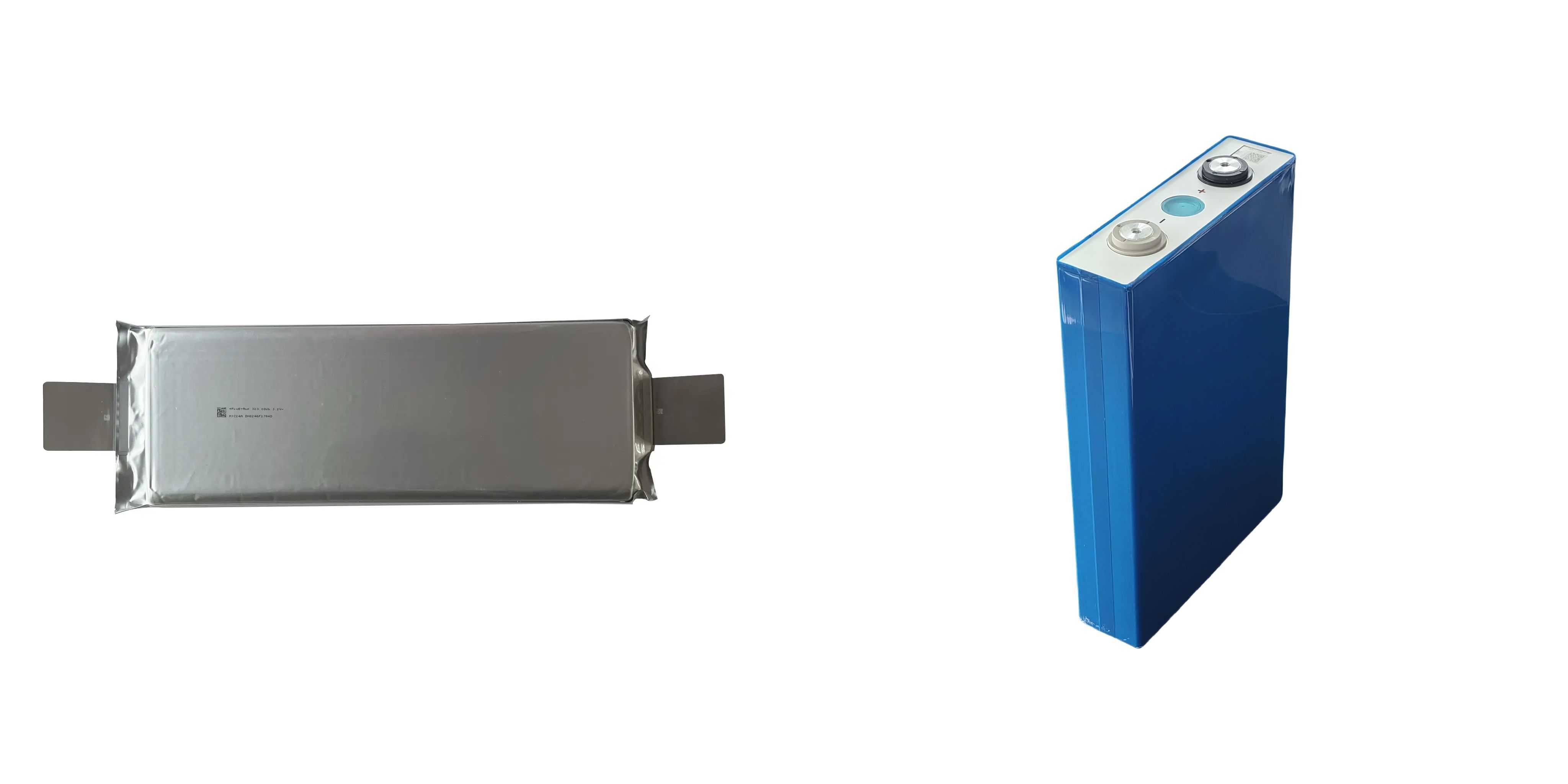
Lithium iron phosphate (LiFePO4) batteries are widely favored for applications requiring high current ratings, long cycle life, thermal/chemical stability, and enhanced safety compared to other lithium-ion chemistries. These batteries come in three primary formats: prismatic, pouch, and cylindrical cells. This article explores the key differences between LiFePO4 pouch cells and prismatic cells to help you determine the optimal choice for your needs.
LiFePO4 pouch cells feature a flexible, foil-like enclosure (or "pouch"). Cathode, anode, and separator layers are stacked or wound together, then sealed within an aluminum-plastic laminate pouch. This design yields a flat, adaptable soft-pack cell ideal for applications demanding thin profiles or custom shapes.
Advantages of LiFePO4 Pouch Cells:
- Ultra-Thin Profile: As thin as 4mm (no rigid metal casing), enabling space-efficient designs.
- Lightweight: Flexible pouches reduce weight versus metal enclosures.
- Shape Adaptability: Easily customized to fit unique dimensions and layouts.
- Thermal Management: Large surface area promotes efficient heat dissipation.
- High Volumetric Energy Density: Maximizes capacity within a given volume.
- Cost-Effective: Simpler manufacturing often lowers production costs.
- Safety: Resilient against leaks, swelling, and thermal runaway.
Prismatic cells derive their name from their rigid, rectangular metal casing. Electrode and separator layers are stacked inside this enclosure, providing structural integrity but limiting shape flexibility.
Advantages of LiFePO4 Prismatic Cells:
- Durability: Metal casings withstand vibrations, shocks, and mechanical stress.
- Thermal Conductivity: Metal housing facilitates efficient cooling.
- Production Scalability: Easier to automate in high-volume manufacturing.
- Cost at Scale: Potentially lower per-unit cost in mass production.
Feature | Pouch Cells | Prismatic Cells |
Design Flexibility | High (custom shapes/thin profiles) | Limited (fixed rectangular form) |
Weight | Lighter | Heavier |
Durability | Moderate (flexible pouch) | High (rigid metal case) |
Cooling Efficiency | Good (large surface area) | Excellent (thermally conductive case) |
Volumetric Energy Density | Higher | Lower |
High-Volume Cost | Moderate | Potentially Lower |
Application Recommendations
LiFePO4 Pouch Cells Excel In:
- Wearables & Medical Devices
- Drones and Mobile Robots
- IoT Sensors
- Slim/Curved Consumer Electronics
- Custom-Shaped Battery Packs
LiFePO4 Prismatic Cells Excel In:
- Energy Storage Systems (ESS)
- Electric Bikes/Scooters
- Automotive & EV Systems
- Solar Power Backup
- Industrial Power Tools
Which Is Better: Pouch or Prismatic?
Neither format is universally superior—the optimal choice depends on your application:
- Choose Pouch Cells for lightweight, compact, or custom-shaped designs where flexibility and space efficiency are critical.
- Choose Prismatic Cells for rugged environments demanding high mechanical stability, vibration resistance, and thermal management.
Both types leverage LiFePO4's inherent safety and longevity advantages over other lithium-ion batteries. By evaluating your priorities—size constraints, environmental conditions, production scale, and safety needs—you can select the ideal cell format for reliable performance.
Conclusion
LiFePO4 batteries deliver exceptional cycle life, safety, and power density. Pouch cells prioritize adaptability and weight savings, while prismatic cells offer robustness and thermal control. Aligning your application's demands with these strengths ensures optimal battery performance and longevity.
Next:None
Previous:Narada Power Showcases Groundbreaking New Products and Solutions at SNEC 2025